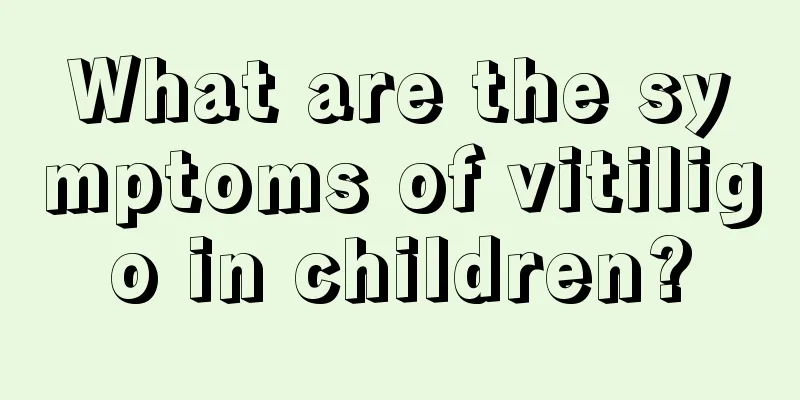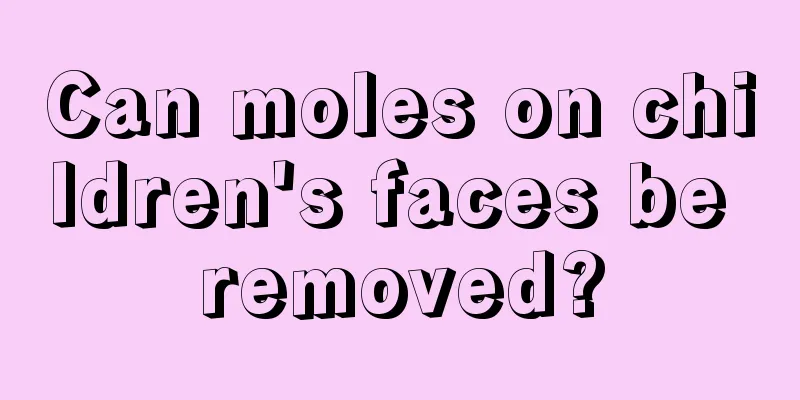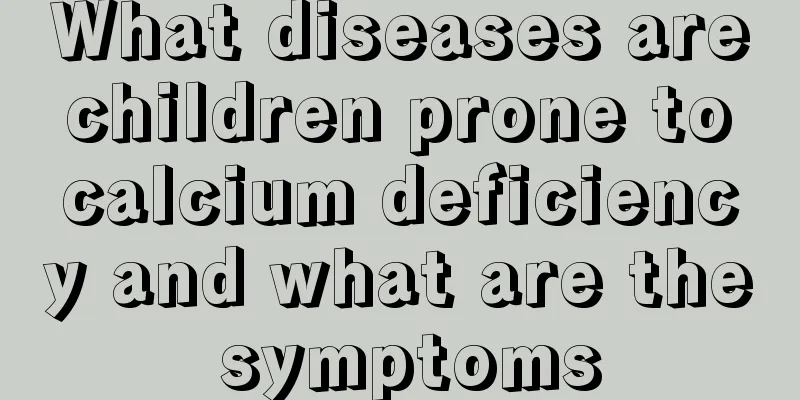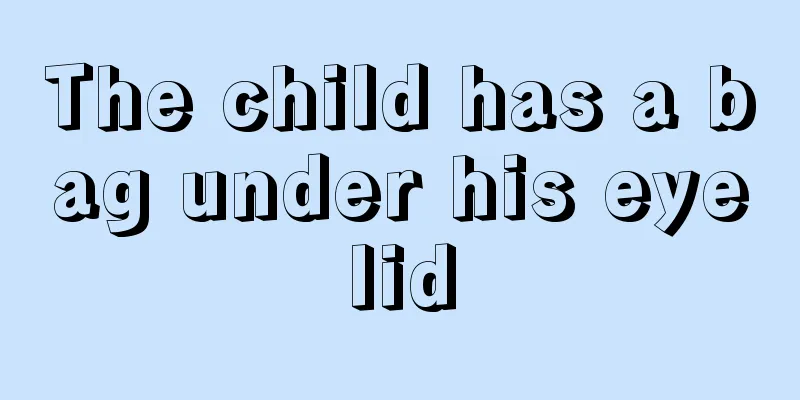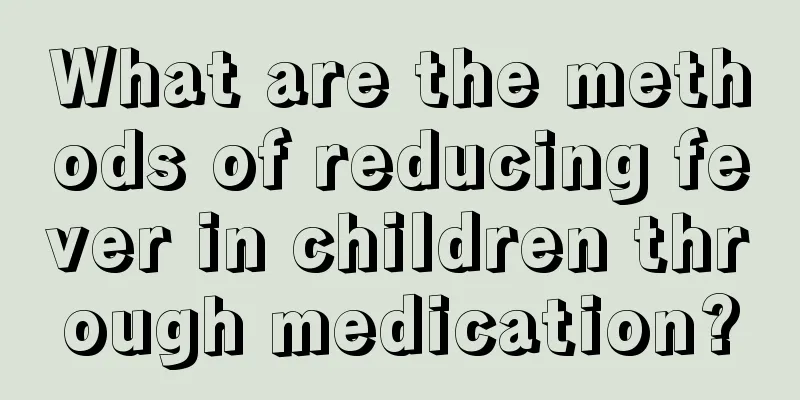What are the symptoms of vitiligo in children?

|
Childhood albinism is a congenital hereditary white spot disease. Children develop vitiligo because they are in the stage of physical and mental development, their nervous and endocrine systems are relatively unstable, and they are affected by immune, nutritional and environmental factors. Especially when children have white spots on their faces, many parents feel distressed. So what are the symptoms of vitiligo on children’s skin? In most cases, the external symptoms of vitiligo are: the skin color of the damaged area fades and turns white, with colors such as grayish white, milky white or porcelain white. There is often no subjective discomfort. In a few cases, there is local itching before or at the same time as the onset of the disease. Some patients also experience itching for some reason when their condition is stable, followed by enlargement of the white spots or appearance of new white spots. Some patients also have whitening of hair. Children are very susceptible to germs because they have weak immunity, are more active and like to be exposed to new things. Medically, vitiligo is a manifestation of insufficient supply of cellular melanin. Its main symptoms are: The affected skin appears smooth and wrinkle-free due to the lesions in the pigment cells inside the skin, which results in the skin being unable to metabolize and having no dandruff. White patches that are obviously different from normal skin appear when the skin pigment supply is insufficient, which is called "leukoplakia". The skin in the affected area is easily irritated by light. The skin in the affected area cannot absorb ultraviolet rays and heat normally, and the skin in the affected area will turn red when exposed to sunlight for a while. The symptoms of vitiligo are similar to those of other skin diseases such as albinism and herpes simplex, and are easily misdiagnosed. Once white spots are found on a child's body, parents should immediately take the child to a regular hospital for diagnosis and treatment. If vitiligo can be confirmed based on the above symptoms, parents should attach great importance to it and go to a professional vitiligo hospital for examination and treatment in time, and then carry out corresponding treatment based on the diagnosis results to help the child recover as soon as possible. Clinically, vitiligo exhibits characteristics such as easy recurrence, difficulty in treatment, and long treatment cycle, so parents should pay attention to it. |
<<: How to care for children with chronic bronchitis?
>>: How to prevent vitiligo in children?
Recommend
What should children with functional dyspepsia eat? Don't miss these foods
Children's digestive function is relatively p...
What to do if your child doesn't like to write
Parents are more concerned about their children&#...
What are the symptoms of congenital heart disease in newborns?
Congenital heart disease is a disease that childr...
How to treat vesicular herpes in children?
If children develop vesicular herpes, it is likel...
Can a two-month-old baby drink pear juice?
For two-month-old babies, the choice of complemen...
What are the prevention methods for herpetic pharyngitis in babies?
We will encounter many diseases in life, and we m...
How should children with ADHD be treated?
Attention Deficit Hyperactivity Disorder (ADHD) i...
How is chickenpox transmitted?
As we all know, chickenpox is actually a contagio...
Hip dysplasia in infants
Infant hip dysplasia is a congenital disease. It ...
Do children need to have their decayed teeth filled?
It is very common for children to have cavities. ...
The baby's poop is like tofu dregs
Many secretions or excretions from the body can r...
What should I do if my baby has eczema on his arms?
Babies are very important to mothers. Mothers wil...
Is meningitis serious in children?
What is meningitis? Patients often ask such quest...
What to do if your baby has diarrhea after being born ten days ago
The body of a newborn baby is particularly fragil...
What to do if your baby's poop is green
Many babies are born every year. In today's s...

